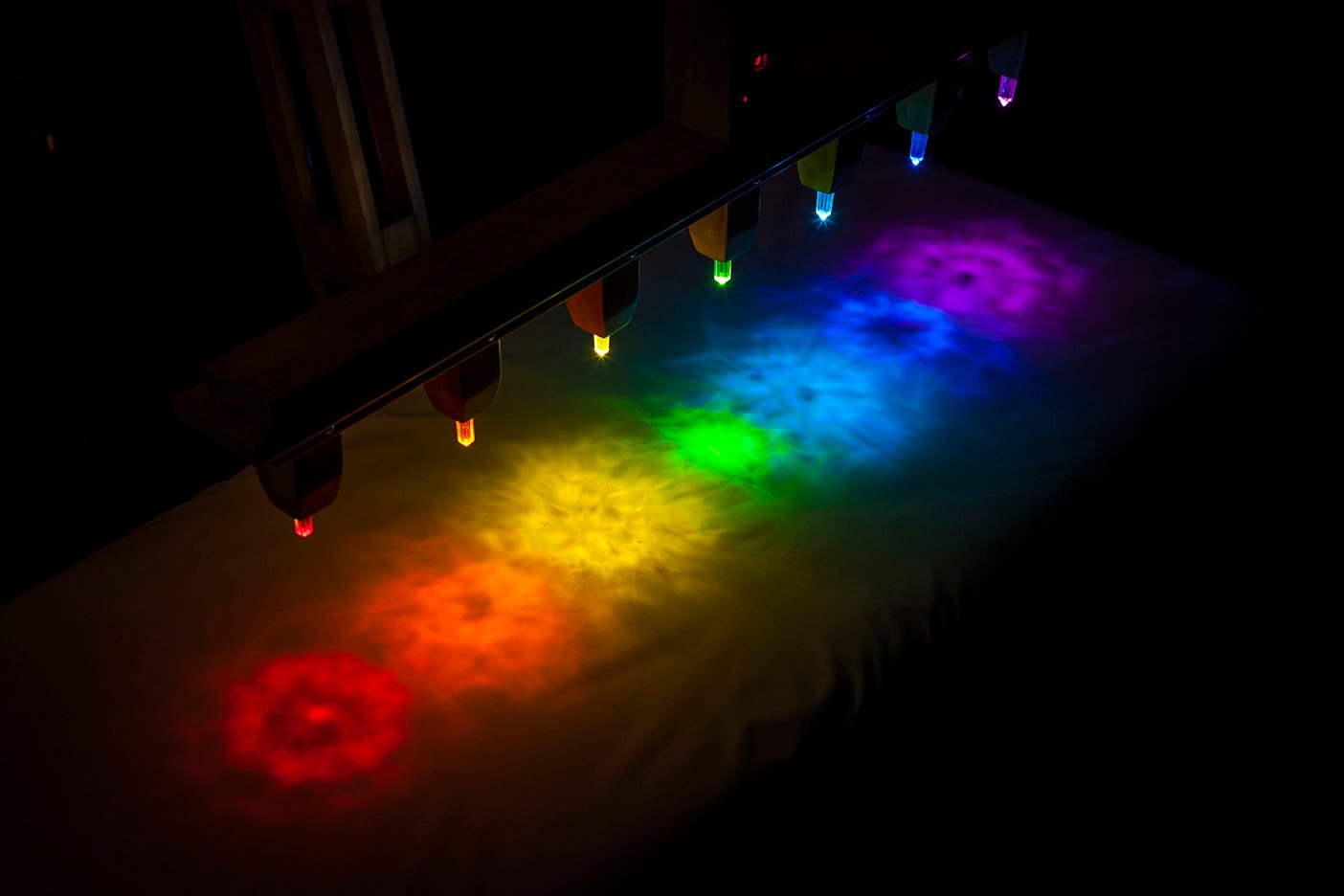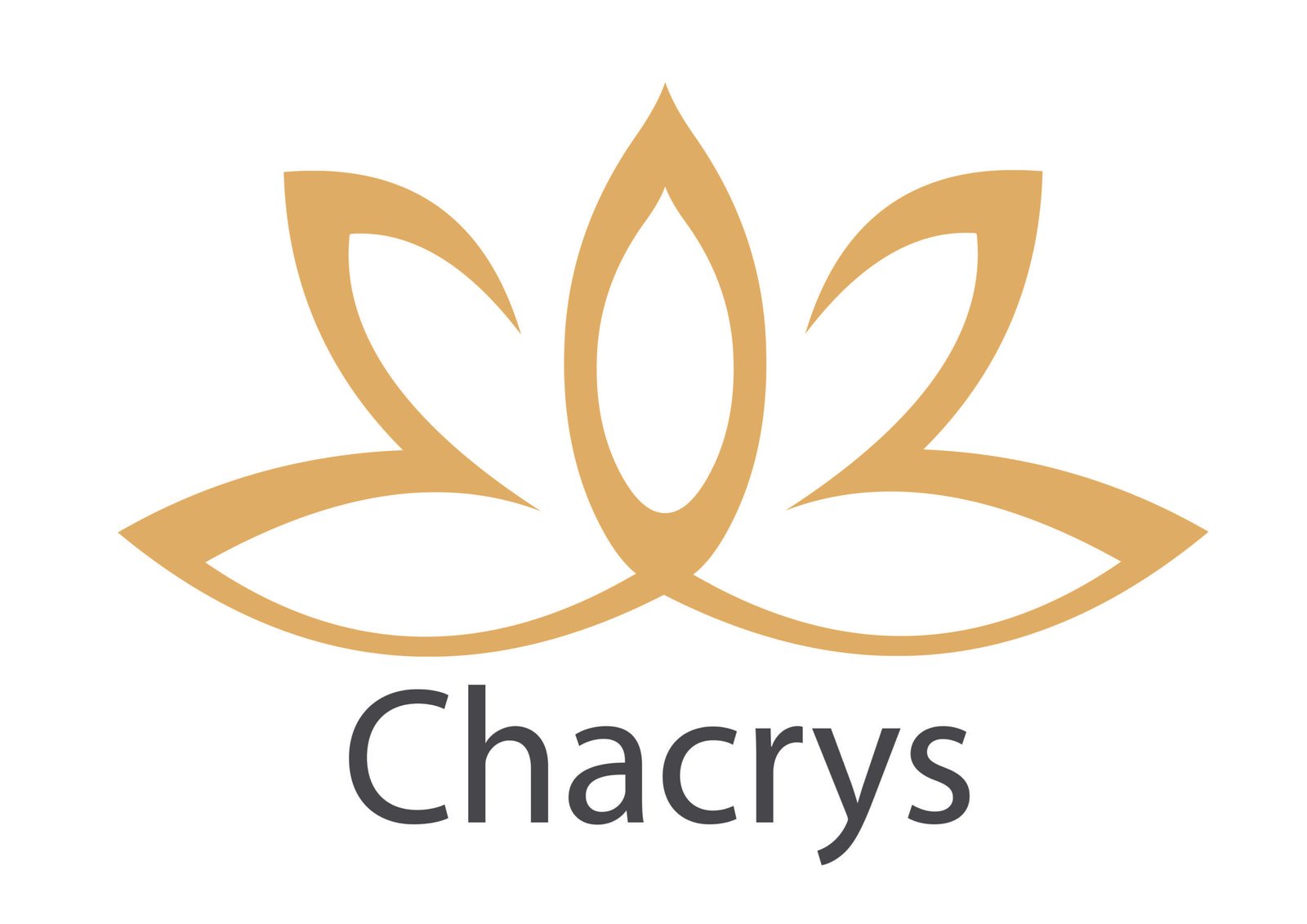
Agate Crystal – Meaning, Benefits, Healing Properties & How to Use
What is Agate?
Picture a cross-section of a century-old tree, those steadfast rings. Now replace wood with translucent quartz ribbons and you’ve met agate. Born in volcanic bubble cavities, silica-rich water layered itself stripe after stripe until the pocket sealed. Every band freezes a moment, a geologic diary entry about mineral soups and shifting pressure. No two slices echo the same story; some flash pastel rainbows, others brood in charcoal and rust. I call it the storyteller’s stone because clients inevitably stare into the bands and remember moments they’d shelved.
Benefits of Agate
Agate steadies runaway thoughts the way a metronome steadies a pianist. During grief-counsel groups I’ve loaned palm stones; participants say the subtle heft makes them breathe deeper, speak slower, listen more. Reported benefits range from emotional equilibrium to sharper analytical thinking—handy for coders debugging at 3 a.m. Its reputation for protection stems less from shields and more from pattern recognition: noticing red flags early so danger never lands. Crystal lore may inspire, but don’t skip medical or legal expertise when life truly swerves.
How to Use Agate?
Use a slice as a coaster for your morning mug; heat awakens hidden colors and reminds you to savor rather than chug. Wear an agate cuff during long drives—those layered bands echo highway lines and keep the mind engaged yet calm. Parents sometimes tuck a milky agate beneath a child’s pillow to soothe night terrors; if nothing else, the bedtime ritual signals safety. Meditators can trace the bands with a fingertip, following the maze until thoughts quiet.
Healing Properties of Agate
Color palette is encyclopedic: sky blue, caramel, lilac, even mossy “Tree” agate dotted with dendritic inclusions. Hardness lands at a reliable 7. Composition: microcrystalline quartz (SiO₂) with trace iron, manganese, or aluminum dictating hue. Major sources include Brazil’s Rio Grande do Sul, Botswana’s Kalahari desert, and Oregon’s steady rain-soaked beaches. Keywords floating around practice circles: grounding, structure, reliable rhythm.
Agate Cleaning and Maintenance
Agate tolerates tap water, mild soap, and a soft nailbrush for stubborn crevices. Dry thoroughly; trapped moisture dulls its glassy polish. It shrugs off sunlight better than amethyst, yet prolonged UV can still mute bright dyes in treated specimens. Smokeless cleansing? A brief sound-bath with singing bowls works nicely—vibration resonates through its fine lattice. Store slices upright like books so polished faces don’t scratch.

